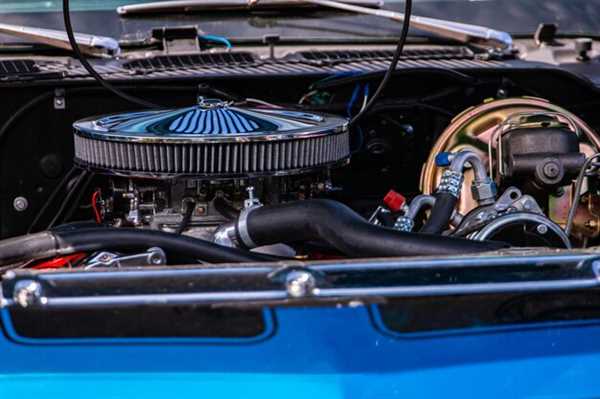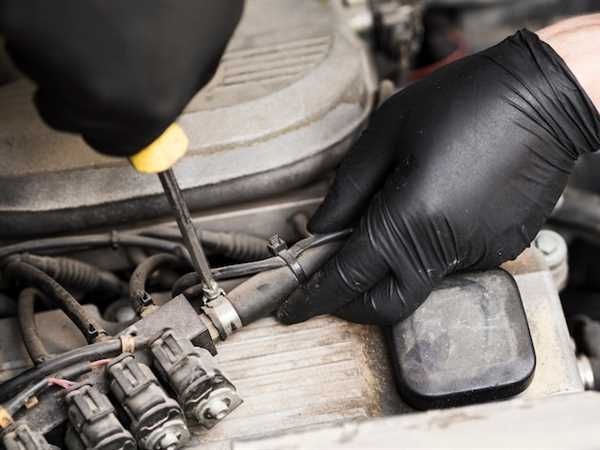
For optimal power output and longevity of components, prioritize high-performance radiator choices to enhance temperature regulation. This action can prevent overheating, which directly impacts lap times and reliability during competitive events.
Incorporate lightweight materials in the construction of heat exchangers. Reducing mass while maintaining structural integrity can yield significant improvements in acceleration and handling, allowing a more agile approach during races.
Consider the implementation of advanced coolant formulations. Utilizing specialized mixtures can improve heat transfer properties and raise boiling points, maintaining effective thermal management even in extreme conditions. This step often leads to better reliability and fewer unscheduled pit stops.
Invest in a robust fan setup that responds dynamically to the engine’s temperature requirements. An adjustable fan system can automatically switch speed based on real-time thermal data, maximizing airflow precisely when needed, thereby safeguarding performance under stress.
Evaluate the placement of componentry to ensure optimal airflow design within the chassis. Effective routing of air can keep critical parts at stable temperatures, enhancing consistency across long-duration races. Positioning elements strategically can significantly bolster operational efficiency.
Adopting a proactive maintenance regime to check for leaks and assess component wear should not be overlooked. Regular inspections prevent minor issues from escalating, ensuring that performance remains reliable throughout the seasonal competition.
Impact of Radiator Design on Cooling Efficiency in Race Conditions
Choosing a lightweight radiator with an efficient core structure significantly enhances temperature regulation during competitions. Opt for a design with increased surface area and optimized fin arrangements to maximize fluid flow and heat dissipation. Use high-performance materials like aluminum for better thermal conductivity.
Incorporate features such as integrated water channels and internal baffles that direct coolant effectively, avoiding hotspots and promoting uniform heat transfer. Thicker cores may provide additional cooling capacity, but be cautious of added weight.
Consider increasing the number of cooling rows; however, balance this with airflow needs to prevent overheating at high speeds. Testing under various conditions is vital to determine the most beneficial configuration for specific racing scenarios.
Regular maintenance is necessary to prevent debris accumulation which can hinder performance. Employ advanced coatings to improve durability and heat transfer properties. Ensure that radiator placement maximizes airflow from the front grille, while minimizing disturbances from the vehicle’s aerodynamic elements.
Ultimately, fine-tuning these aspects allows for sustained operational efficiency and enhances the reliability of the entire setup during intense race scenarios.
Comparative Analysis of Liquid vs. Air Cooling Systems in High-Performance Engines

Opt for a liquid-cooled approach for superior temperature management and consistent thermal stability during intense operation. Liquid systems maintain lower operating temperatures, enhancing component longevity and efficiency.
Advantages of Liquid Cooling:
- Higher heat absorption capacity.
- Less weight displacement for high-output applications.
- Allows for more compact design layouts.
- Better temperature distribution across components.
Challenges with Liquid Cooling:
- Increased complexity due to additional components (radiators, pumps).
- Potential for leaks affecting reliability.
Air-cooling can reduce component weight and simplify design, adhering to minimalism preferred in some racing formats. Ideal for lower power applications.
Advantages of Air Cooling:
- Simpler installation with fewer parts involved.
- Marginally lighter overall.
- Quick maintenance due to straightforward architecture.
Challenges with Air Cooling:
- Less effective at removing heat compared to liquid alternatives.
- Vulnerability to heatsoak during extended runs.
For high-output motorsport applications, the benefits of liquid cooling systems often outweigh those of air alternatives, particularly in endurance racing or where performance optimization is critical.
Evaluate specific requirements of each racing type when selecting the appropriate method for managing thermal conditions effectively. Adjustments should be made based on intended use, engine specifications, and environmental conditions encountered.
Optimizing Coolant Choice for Maximum Thermal Management in Motorsport

Select a high-performance fluid with a high boiling point and low freezing point to minimize the risk of vapor lock and enhance heat dissipation. Ethylene glycol-based coolants are common, but consider alternatives like propylene glycol or specialized racing products for superior thermal conductivity.
Evaluate the coolant’s chemical additives; corrosion inhibitors and anti-foaming agents are vital for maintaining system integrity. Ensure compatibility with materials in the system to prevent premature failure, particularly with aluminum components.
Utilize a mix with distilled water to optimize thermal transfer, targeting a 50/50 ratio for balance between protection and heat removal. Conduct regular tests to monitor pH levels and concentrate, adjusting the mix as needed to prevent degradation over time.
Implement filtration systems to remove debris and contaminants. This not only prolongs the life of the fluid but also ensures consistent heat transfer efficiency throughout the system.
Consider the specific requirements of your setup, especially if running at high RPMs or in extreme environments. Testing different formulations can yield significant performance benefits, thus gathering data from on-track experiences is crucial.

